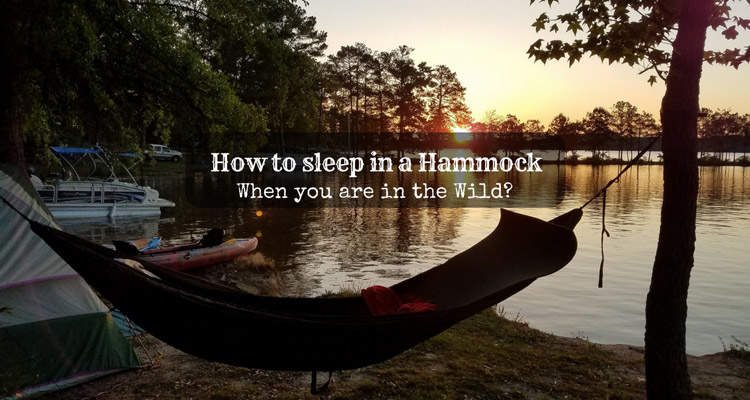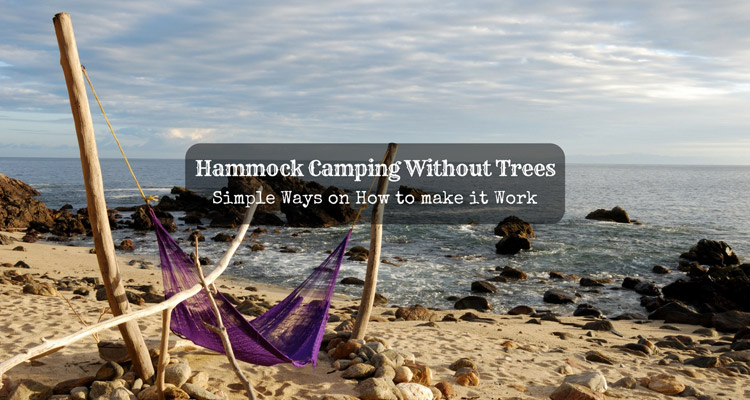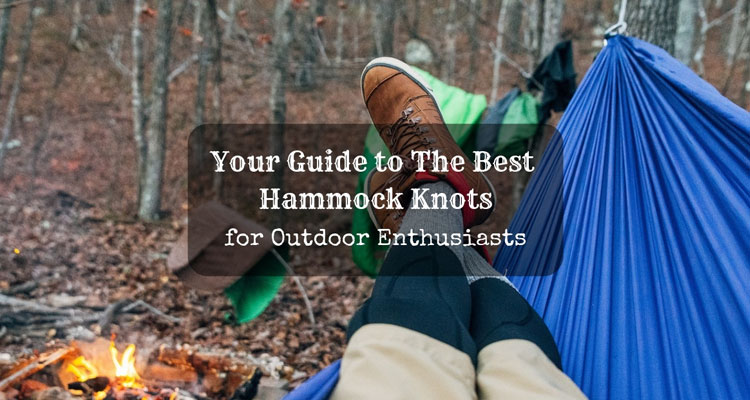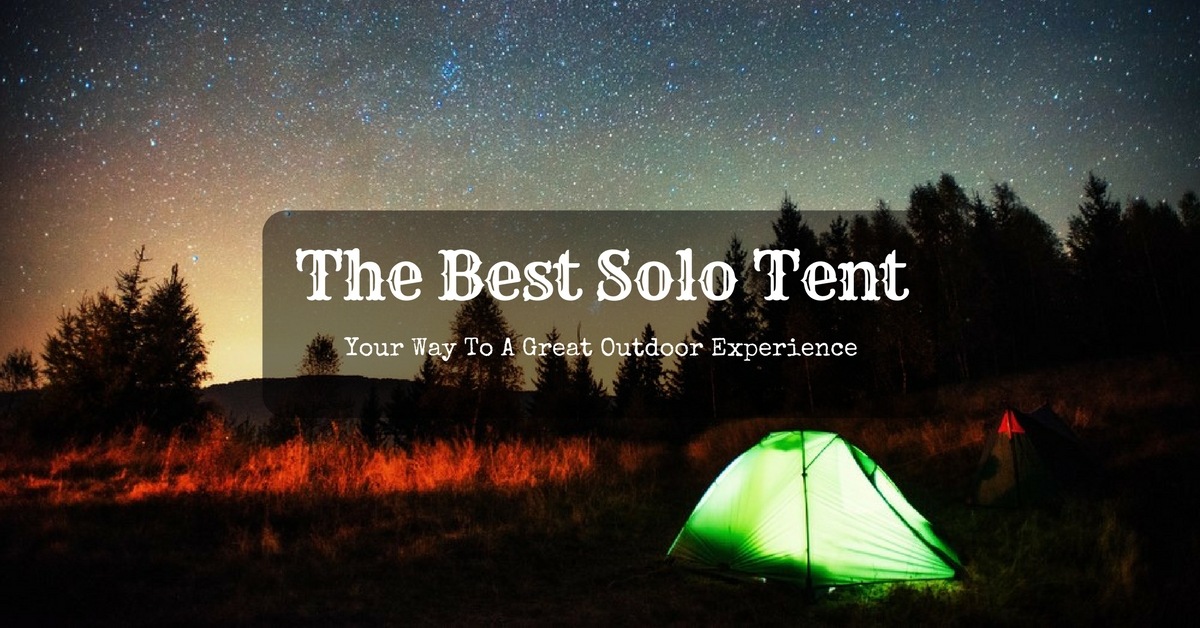The first time I slept in a hammock, I had my neck and back pains the following morning. But my interest in using one boosted my determination to keep on trying.
It took a few practice and a few tips from experts before I finally learned how to sleep in a hammock.
As one of a backpacking team, a hammock is a necessity. Each camping gives me something new to learn. Pitching my hammock is technically easy. Several factors like weather, environment, and safety are the factors that significantly influence on how to do it.
Interesting, isn’t it?
More...
A suitable hammock for backpacking
First of all, hammocks are available in different designs. There are types for indoors and outdoors. I bought the hammock that is suitable for backpacking.
Camping hammocks are specifically robust enough to resist the changing weather. It must be strong to carry my weight but light enough so not to drag me down.
It has accessories that will meet my camping needs. An additional mosquito net and rain fly is recommendable.
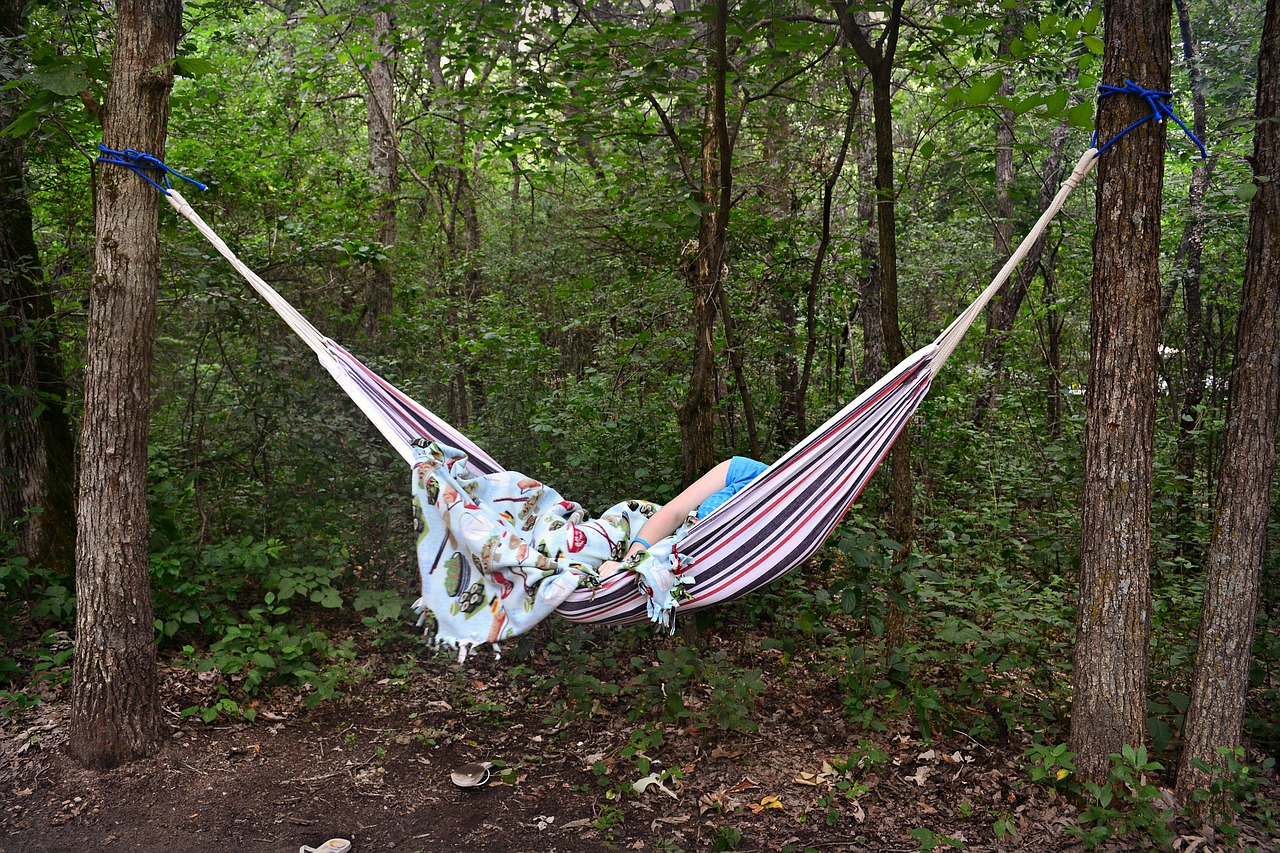
How to sleep in a hammock when I am in the wild?
Like a routine, here are my usual steps when settling down using a hammock. It’s simple with a little bit of common sense. All steps are worth it for a cozy and relaxing sleep ahead.
Step 1-Give importance to the weather
The weather plays a key role when sleeping in a hammock. Like for example winter.
When it’s winter, I need to look for a spot that does not gather cold. Areas near water tend to make the temp drop and eventually collects moist. It must be neither on a low or high level.
A perfect choice to hang during cold days is in the mid-level place where there’s plenty of trees.
Rainy weather, on the other hand, tells me to set up my hammock on sturdy trees that do not have any dead branches. I don’t want to wake up because a falling branch just hit me.
And summer, well, I typically doze off somewhere that has plenty of shade from the sun.
Different weather implies various prerequisites. Standard equipment is a rainfly or hammock tarp. Tarps are a vital accessory to protect me from rain or the scorching sun.
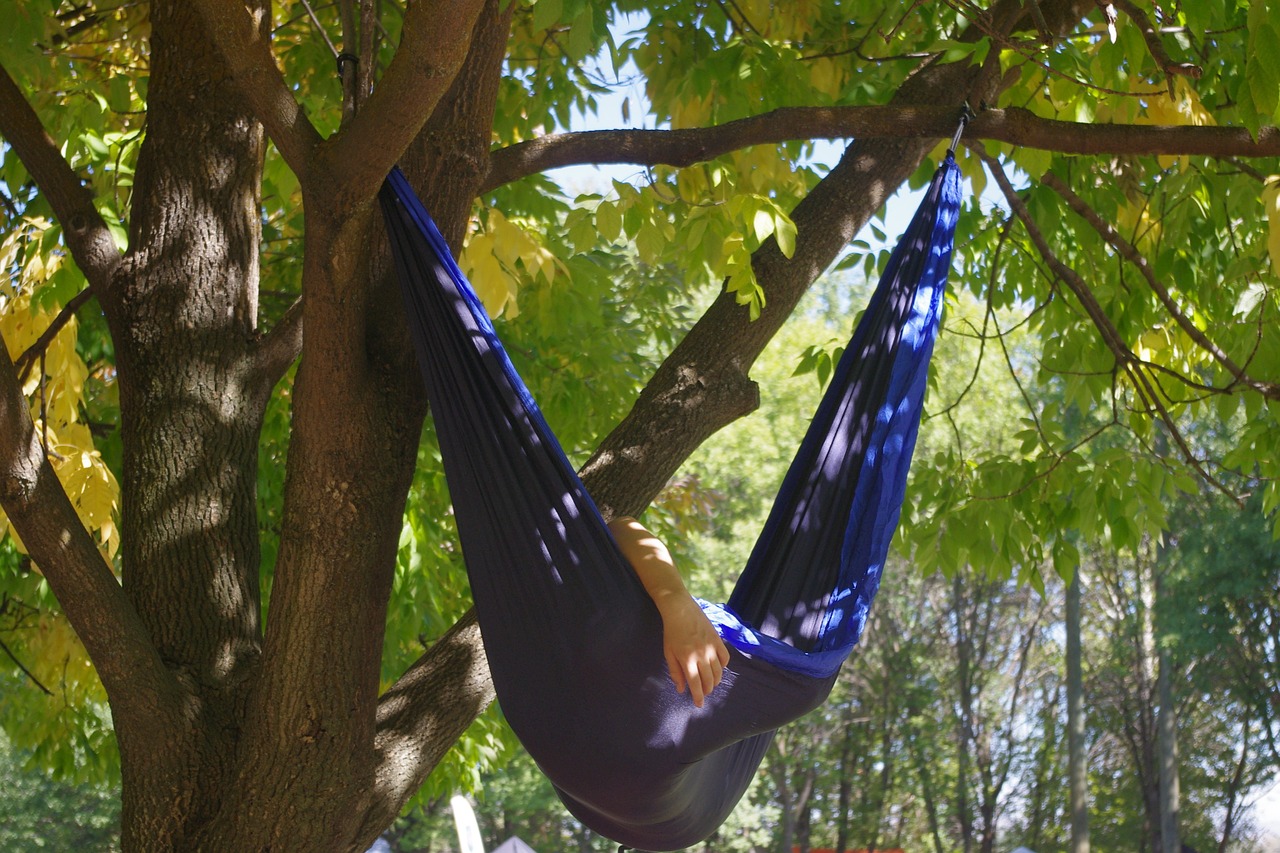
Step 2- Observe the surroundings.
There is no telling what could happen when backpacking. Being in the wild means expect the unexpected and be surprised.
Step 3- Select the perfect support.
Where will it be? Between two trees? Easy. I need to keep an eye on sturdy trees.
Big, high trees are excellent for hammock support. Nevertheless, refrain from attaching your straps to dead trees. The lesson I’ve learned about trees; It might look solid, but hey, they’re dead!
No trees? No sweat! I can always wrap around a couple of boulders or use makeshift poles. Or to be simple, I can bring out my portable hammock stands.
Whatever there is, rest assured that it’s stable and can support my weight.
Step 4- Time to pitch the hammock.
As a regular camper, I can already set up my hammock without any help. I have finally mastered my “hang it lose and correct” feel. For a quick tutorial, here’s a short video that may catch the interest of backpackers who needs a little push.
Step 5- “How to sleep in the hammock the right way”-The Best comfy position.
It took a while and a little bit of adjustment before I got the hang of it. I’ve undergone plenty of trials and changes before I grasped the set up that gives me comfort when sleeping.
The first few try, I end up uncomfortable. I found it hard to relax. I felt like I was suffocated and pinned in the center. Anyways, in the end, I got it right.
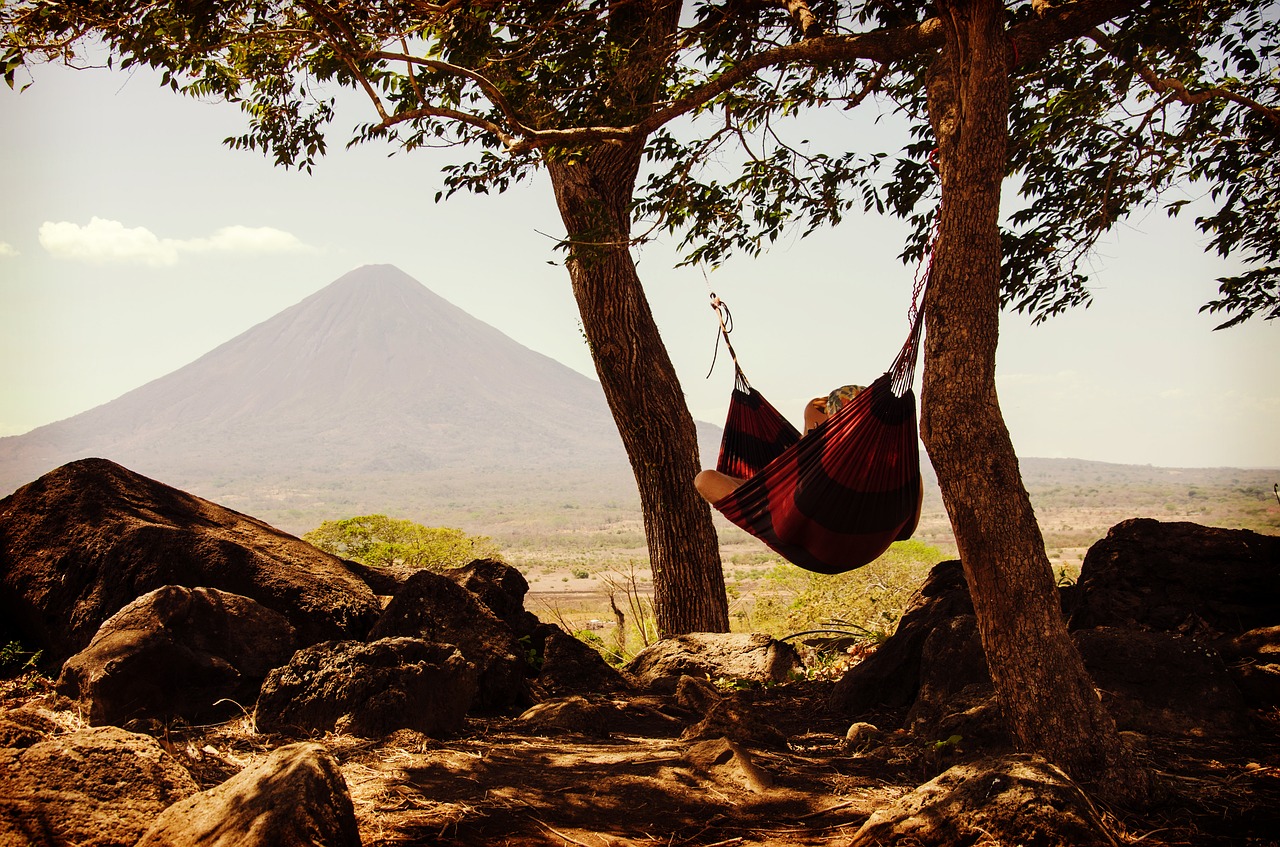
Recommended articles
The Best Hammock Underquilt That Will Make You Comfy Like Home
Hammock Camping Without Trees: Simple Ways on How to make it Work
Techniques on how to keep yourself warm outdoors when sleeping in a hammock.
Sleeping in a hammock could be a bit of uncomfortable when it’s cold. Before I go into a deep slumber, I make it a point to prepare myself for a chilly night in the woods. The wind just passes underneath, and it gets frosty.
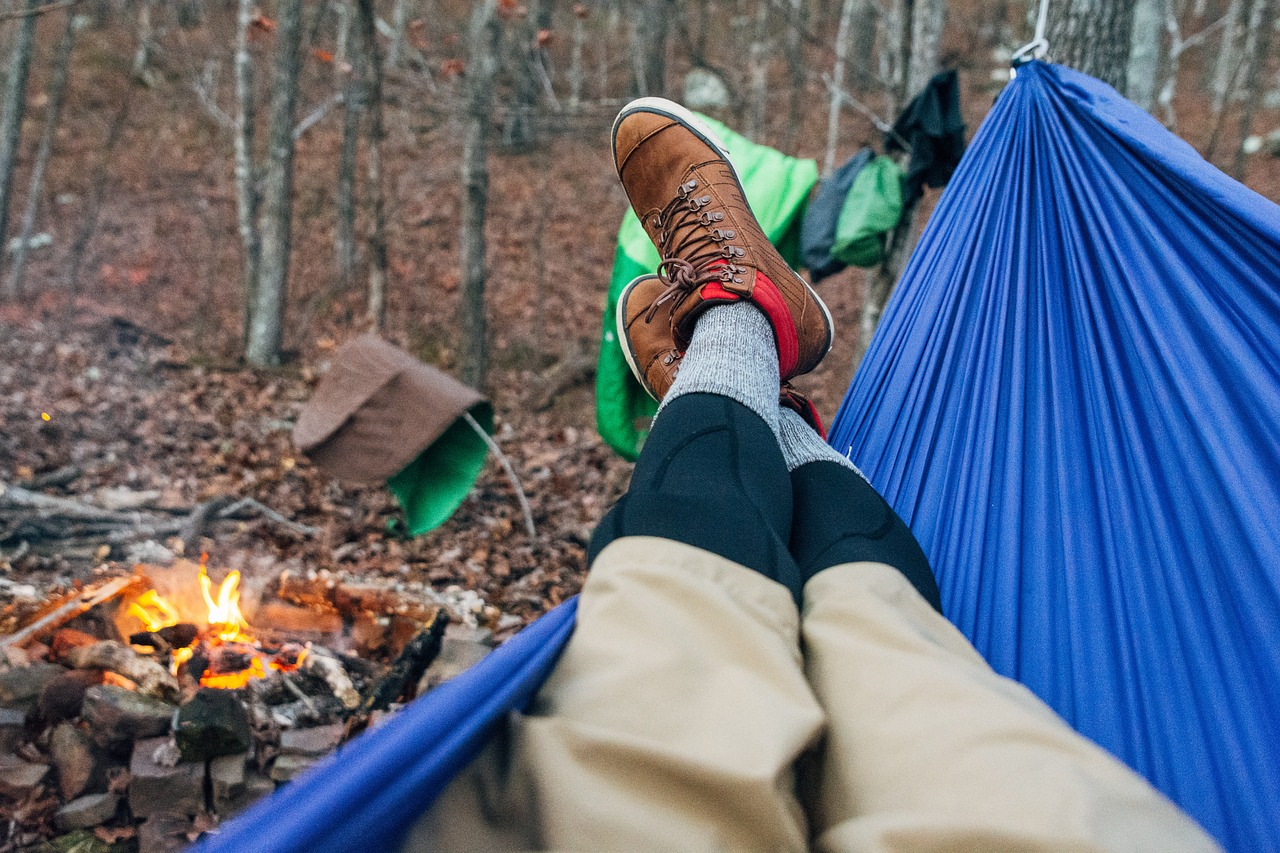
The benefits of sleeping in a hammock when backpacking
Sure, hammock rocks because it is comfortable, saves time, easy to set up, lightweight and cheap. But then again, it does not only protect us from the hot sun or the bitter wind. There are a lot more advantages particularly when we’re in the wild.
More appropriate campsites
With hammocks, I can hang everywhere. It does not matter if the terrain is rocky or on a slope. Even near the waters and areas without trees are possible.
Most importantly, I have unlimited choices of private nooks.
Maximized Camping Experience
It’s genuinely satisfying whenever I go home knowing that there was no minute wasted during the adventure. Using a hammock is a big help in saving time.
Setup is just a few minutes, and I don’t need to spend more time looking for a perfect spot. Only a tree or two will do.
Easy Access to water
It is a convenience for me to settle down near the waters. With a hammock, it is no hassle at all. Them I can have access to water anytime.
Saves me from groundwater and bugs
I had slept in my hammock happily even when it rained. In fact, I love it when it rains. Once, I woke up in the morning and found out that the ground is already wet and muddy.
I was saved not only from the running water but also from bugs and crawling insects.
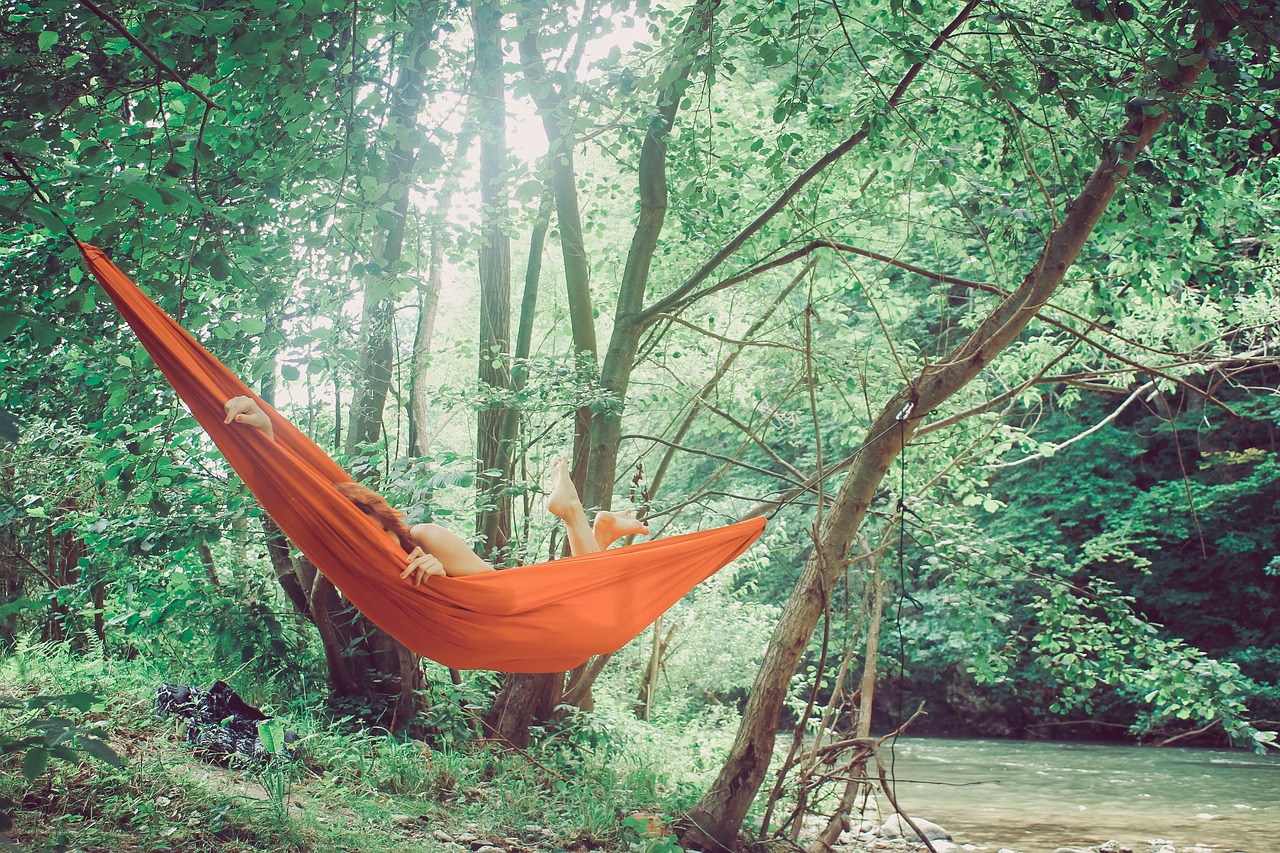
I know you’ve heard some downsides of sleeping in a hammock. Could it be the limited mobility? The uncomfortable position, claustrophobia or the fear of falling are common explanations why others don’t go for hammocks.
Recommended articles
The Best Sleeping Pad for Hammock 2018: Make Camping a Luxury
True, these concerns are valid. People have different standards of comfort. Even I took a while before learning how to sleep in a hammock contentedly. And I understand that some also hate the feeling of being trapped inside.
But then, falling can be prevented if you just heed some safety precautions.
There you go! I have covered the crucial steps on how to sleep in a hammock. It all goes down to acquiring the appropriate gears and equipment to use for backpacking and the mastery of using them.
With some tips on how to lie down in the right position and keeping warm while sleeping, off you go for having sweet dreams. Just don’t forget to check on safety precautions first before you settle down.
What do you think of this article? If you think through and find this helpful, feel free to comment on anything you want to share.


